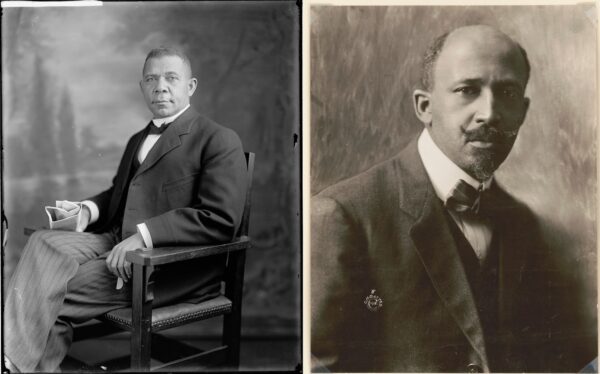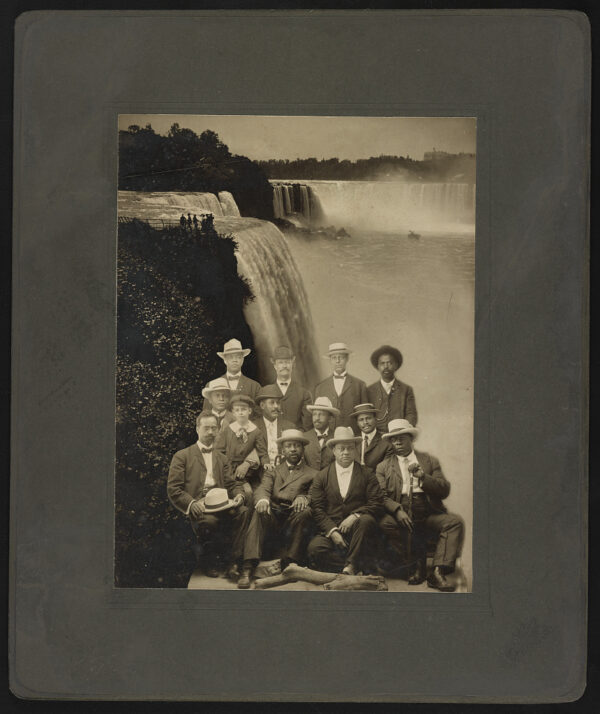
Voices of Change: Washington, Du Bois, and the Fight for Black American Progress
Explore the ideological debates between Booker T. Washington and W.E.B. Du Bois then lead students in a debate of their own.

The Niagara Movement was a civil rights organization led by prominent Black men intellectuals. Prompted by a call from W. E. B. Du Bois and William Monroe Trotter, 29 Black men from across the United States gathered at the Erie Beach Hotel in Ontario, Canada on July 11-14, 1905, to discuss their concerns regarding Booker T. Washington’s Black American progress ideology and to develop their own unapologetically aggressive approach to combating racial discrimination and segregation. The Niagara Movement had some success and grew to 170 members in 1906; however, lack of national visibility, limited financial resources, conflict between Du Bois and Trotter regarding women’s involvement, and opposition from Washington led to the dissolution of the organization, and Du Bois worked with another group to form the National Association for the Advancement of Colored People (NAACP) in 1909.
Featured in

Explore the ideological debates between Booker T. Washington and W.E.B. Du Bois then lead students in a debate of their own.